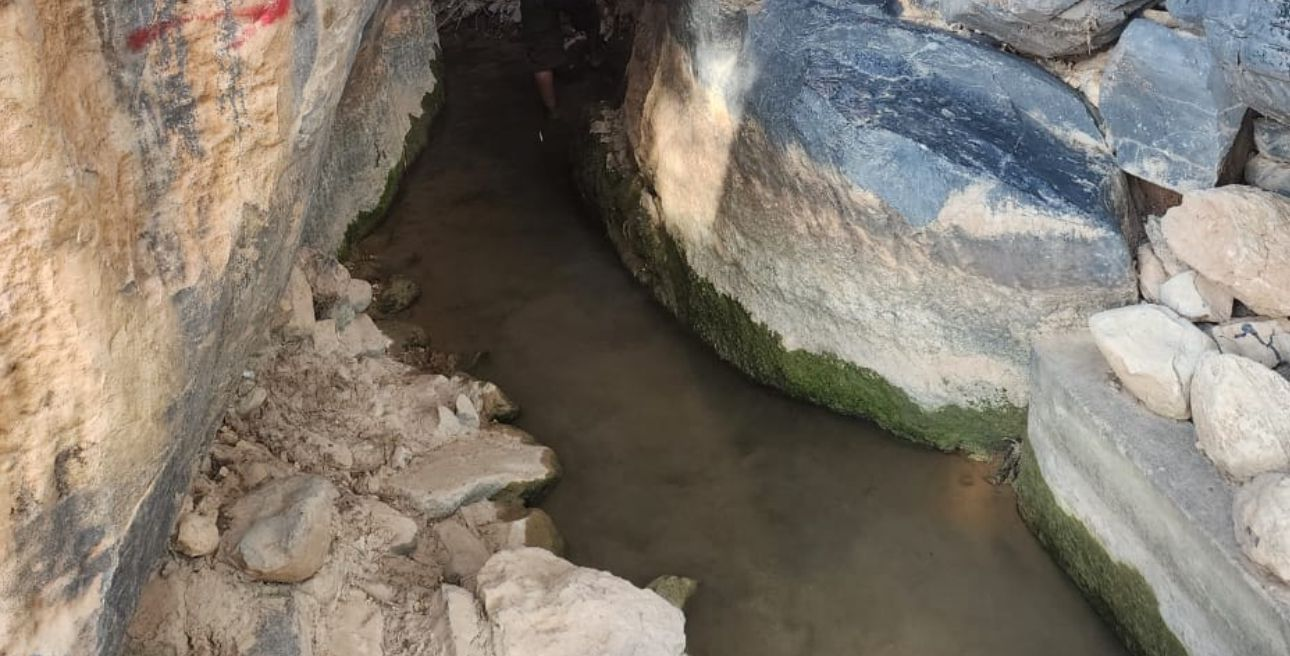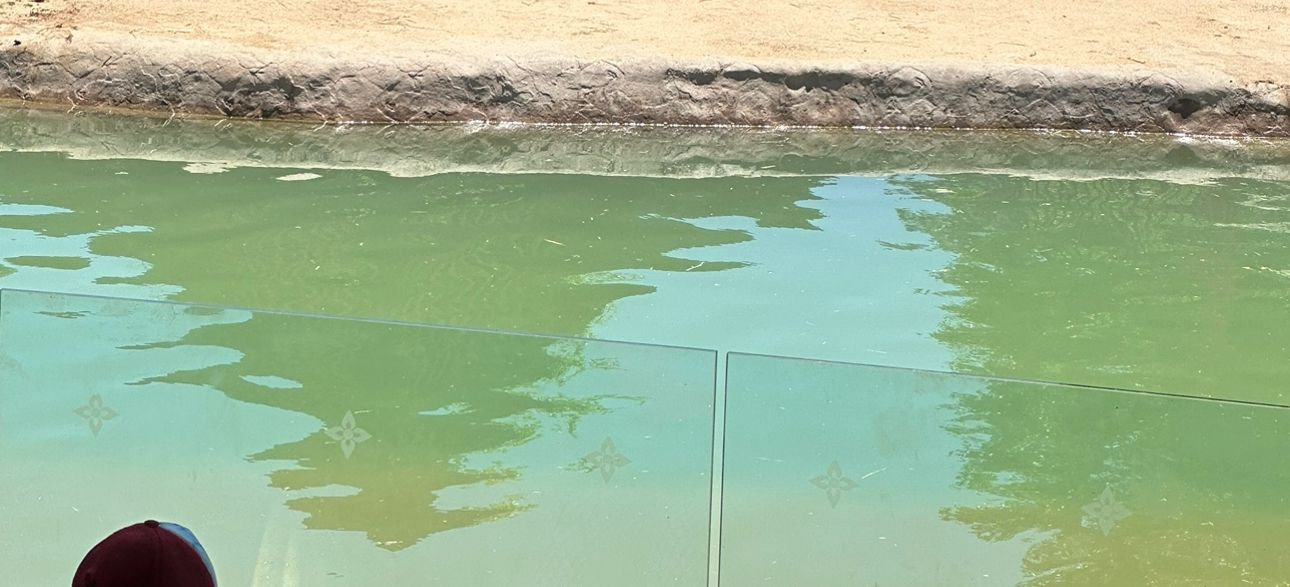Stars and STEM Stories
How does Standing Water Affect Plant Growth?
Standing water is an important source of water in natural and agricultural environments. It contains various chemical elements and compounds that may affect plant growth. Students of Dr. Ishaq Al-Jabri in North Sharqiya, Oman wanted to research the effect of stagnant water on plants and analyze the challenges and potential benefits.
Agricultural and natural environments face challenges from the effects of stagnant water, including excessive amounts of minerals and organic materials. The students asked this question: How does the use of standing water affect the growth and health of plants, and what are the ways to reduce negative impacts? This research would contribute to improving water resources management and environmental conservation, in addition to improving agricultural productivity and crop quality.

Research aims:
- Using The GLOBE Program's Water and Ground Cover protocols, study the effect of stagnant water on plant growth in different conditions.
- Analyze changes in the physiological and biochemical characteristics of plants as a result of their exposure to stagnant water.
- Explore ways to deal with the effects of stagnant water and improve the quality of water used in agriculture and natural environments.
Terms used:
- Stagnant water: water that collects in a sink, pond, or septic tank without flow or drainage
- Physiological traits: biological characteristics and vital functions of plants
- Biochemistry: The study of chemical reactions that occur within living organisms
First, the students collected samples of stagnant water in different areas. They analyzed the water samples to determine the content of nutrients and chemical compounds. That water was used to grow plants under conditions simulating their exposure to stagnant water. Students then evaluated the effect of stagnant water on the growth and health of plants and analyzing the results. Advanced analytical methods can be used to determine the components of stagnant water with greater accuracy, including high-performance liquid chromatography and mass spectrometry techniques. Periodic monitoring of vegetation and standing water was be carried out over a long period of time, allowing long-term changes to be tracked and environmental dynamics to be better understood. In addition to studying the impact of standing water, other factors such as temperature, fertilizer concentrations, and light could be included in the analysis to provide a more comprehensive picture of environmental impacts. The students also notes that analyses of the effect of stagnant water could be conducted at the gene and cellular levels to understand the mechanisms of effect more deeply.
After their experiment, the students found many interesting results. Their results showed the effect of stagnant water on the growth and health of plants, identifying the influencing factors and ways to deal with them. Standing water leads to a higher content of organic matter and minerals in the soil irrigated with it, which can improve the availability of nutrients for plants and increase their growth. Stagnant water causes high salt levels in the soil, which can lead to plant growth abnormalities and even death if not managed properly; some standing water may even contain toxic or unwanted compounds, which can lead to negative effects on the health of plants and their ability to grow. Standing water can contain bacteria and algae that cause biological contamination, resulting in deterioration of water quality and a negative impact on plants and other wildlife. Stagnant water may also lead to changes in the surrounding aquatic environment, which can affect biodiversity and the balance of the ecosystem.
For future experiments, students could try mixing standing water with active (flowing) water and compare results.

Reference material used:
- John, Ahmed. “The effect of stagnant water on the growth and health of agricultural plants.” Journal of Agriculture and Environment, Volume 7, Issue 2, Pages 40-55, 2017.
- Sarah, Joseph. "Analysis of the effect of mineral elements in stagnant water on wild plants." Environment and Sustainable Development Journal, Volume 4, Issue 3, Pages 70-85, 2018.
Images courtesy Dr. Ishaq Al-Jabri, GLOBE Oman.





